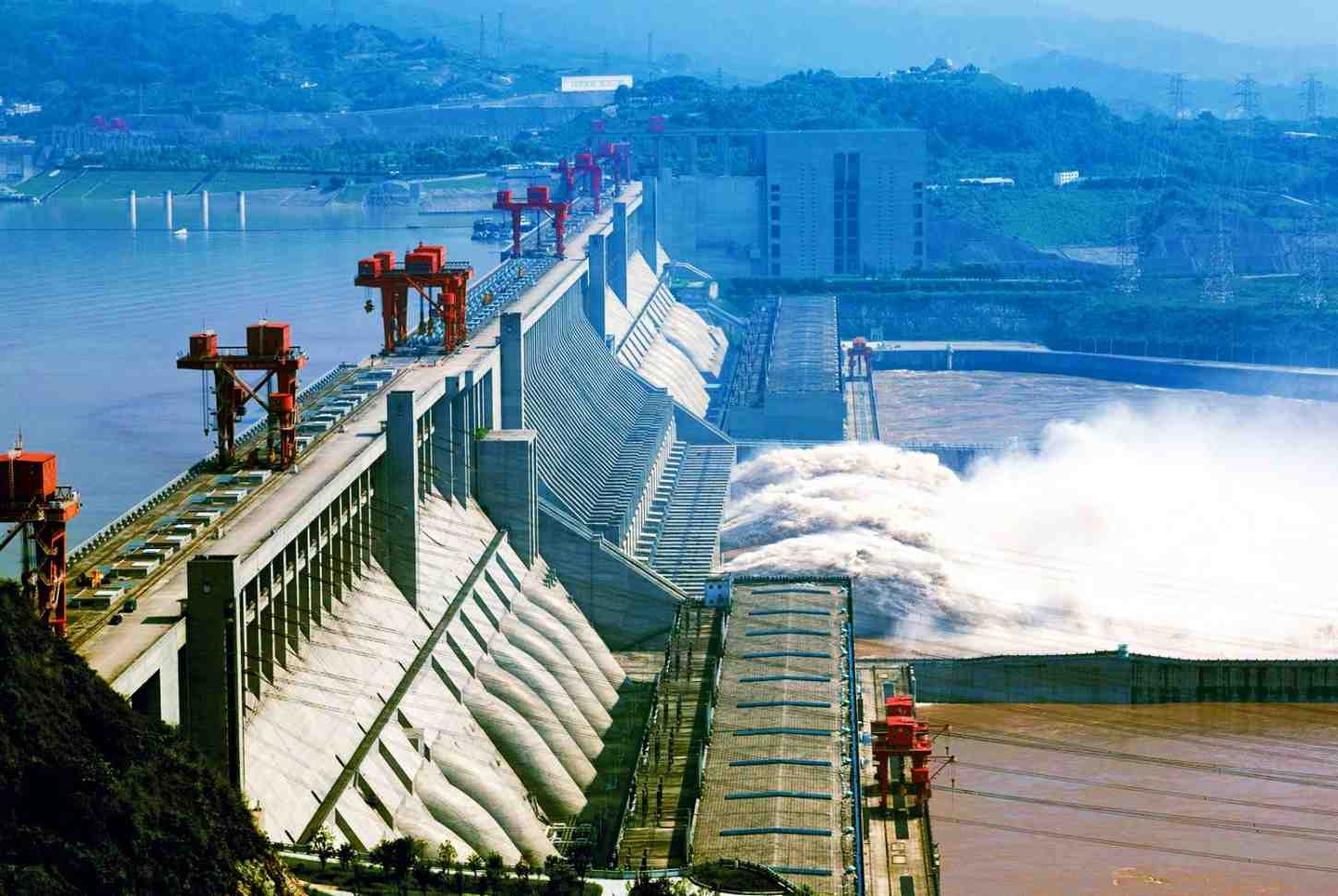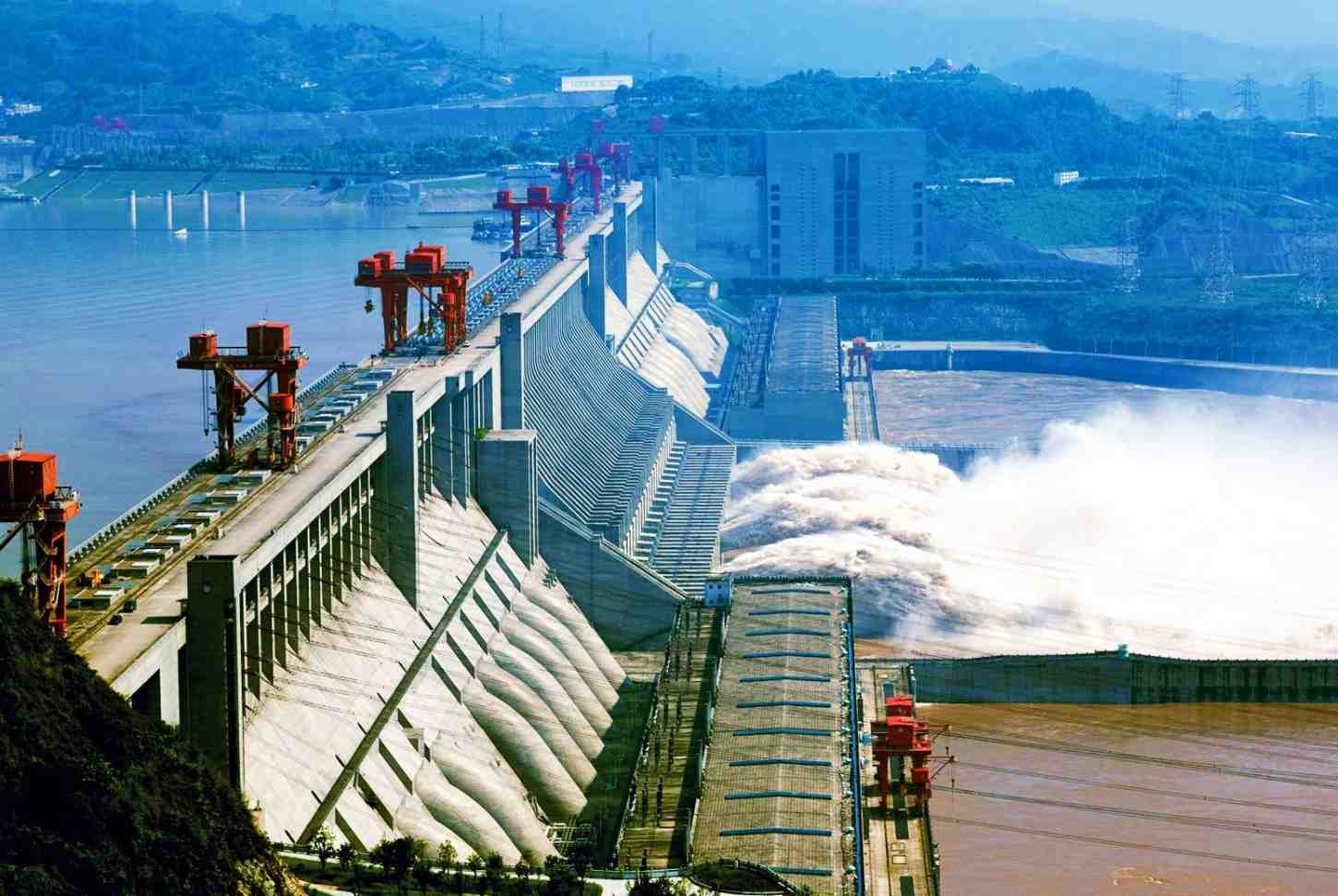
The Three Gorges Dam, one of the most ambitious engineering projects ever undertaken, celebrates its 30th anniversary in 2024. Located on the Yangtze River in Hubei Province, China, this monumental structure has been a symbol of innovation, sustainability, and technological achievement. As we look back on its journey, we reflect on the impact the dam has had on the world, particularly in terms of power generation, flood control, and environmental management.
A Vision Turned Reality
The idea for the Three Gorges Dam was first proposed in the early 20th century, but it wasn’t until the late 1980s that serious plans began to take shape. After years of research, design, and overcoming political and environmental challenges, construction officially began in 1994. By 2009, the dam was fully operational, producing hydroelectric power on an unprecedented scale.
The project was designed to achieve multiple objectives:
- Flood Control: The Yangtze River is prone to flooding, with devastating consequences for the surrounding communities. The dam has significantly reduced flood risks, providing better protection for millions of people living along its banks.
- Hydroelectric Power Generation: With an installed capacity of over 22,500 megawatts, the Three Gorges Dam is the world’s largest power station in terms of installed capacity. It generates vast amounts of clean energy, contributing significantly to China’s electricity grid and reducing reliance on coal-fired power.
- Navigation Improvement: The dam’s reservoir has facilitated better shipping and transport along the Yangtze River, boosting trade and economic development for the region.
Technological Excellence
From a technological standpoint, the Three Gorges Dam stands as a beacon of human achievement. Its construction required innovative techniques and engineering feats. For example, the dam’s massive concrete structure, which stretches 2,335 meters in length and rises 185 meters above the river, was built to withstand enormous pressures. The complex design also incorporated 34 turbines, each capable of generating hundreds of megawatts of electricity. Over the years, the Three Gorges Dam has embraced cutting-edge technologies to enhance efficiency and minimize environmental impact. Smart monitoring systems and automation have allowed for precise control of water levels, optimizing power generation and flood management. These advancements have helped make the dam a reliable and sustainable source of energy.

Environmental and Social Impact
Despite the tremendous benefits of the Three Gorges Dam, its construction has not been without controversy. The creation of the reservoir submerged vast areas of land, displacing over 1 million people and causing the loss of thousands of cultural and historical sites. Environmentalists have also raised concerns about the ecological impact, particularly regarding fish migration and changes to the river's ecosystem. However, efforts to address these challenges have been made over the years. The Chinese government has invested in resettlement programs to support displaced families and has worked to implement measures to mitigate environmental damage. The establishment of fish passageways and breeding programs aims to help protect aquatic species that were affected by the dam.
A Legacy of Sustainability
As we reflect on the past 30 years, it's clear that the Three Gorges Dam has played a critical role in China’s growth and modernization. By providing renewable energy, reducing flood risks, and improving navigation, the dam has contributed to the country’s economic and social development in ways that were once unimaginable. Looking forward, the Three Gorges Dam will continue to be a key player in the pursuit of clean energy and environmental sustainability. As the world faces the challenges of climate change, hydroelectric power remains an important part of the global energy transition. The Three Gorges Dam’s scale and efficiency set an example for future projects aimed at harnessing renewable resources in a responsible way. In celebrating its 30 years of excellence, the Three Gorges Dam stands not only as a testament to human ingenuity but also as a symbol of progress and resilience. The future is bright for this engineering marvel, and its continued success will undoubtedly inspire generations to come.
The Three Gorges Dam’s 30-year journey has been one of transformation and achievement. While there have been challenges along the way, its long-term benefits have reshaped China’s landscape in ways that are felt worldwide. From generating clean power to safeguarding communities, the dam has proven to be an invaluable resource, demonstrating that bold vision and technological mastery can create solutions to some of the world’s most pressing problems.